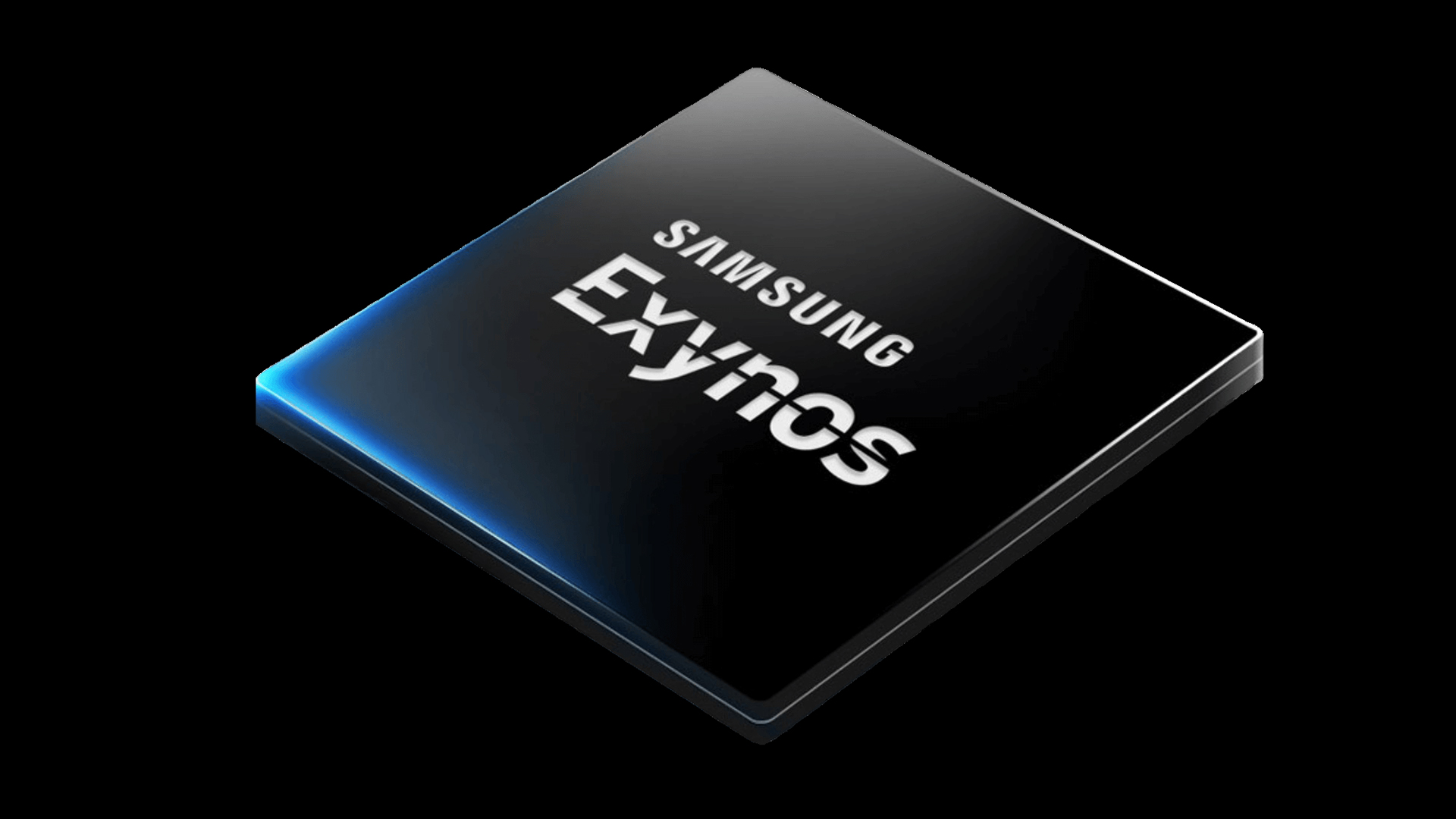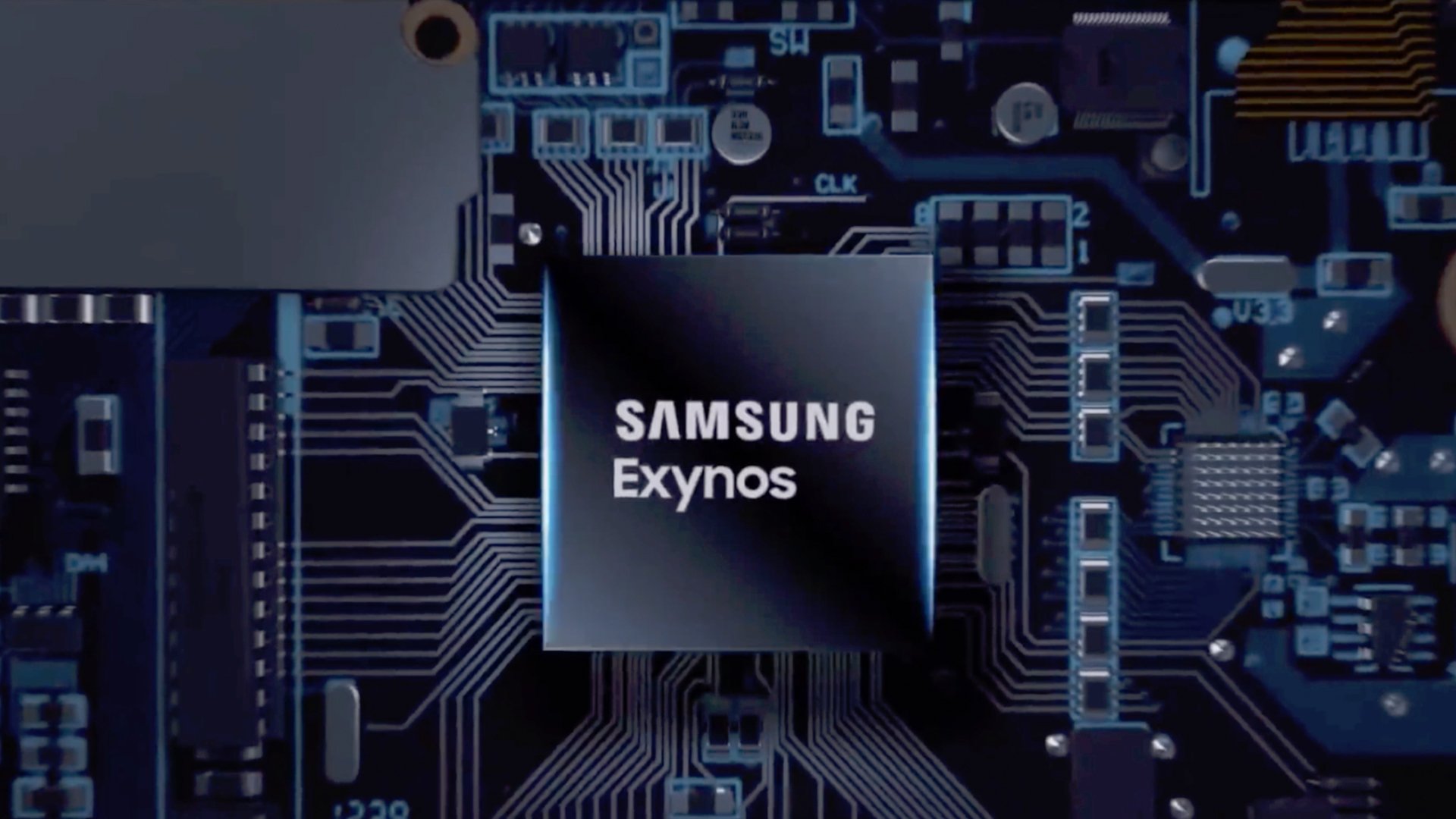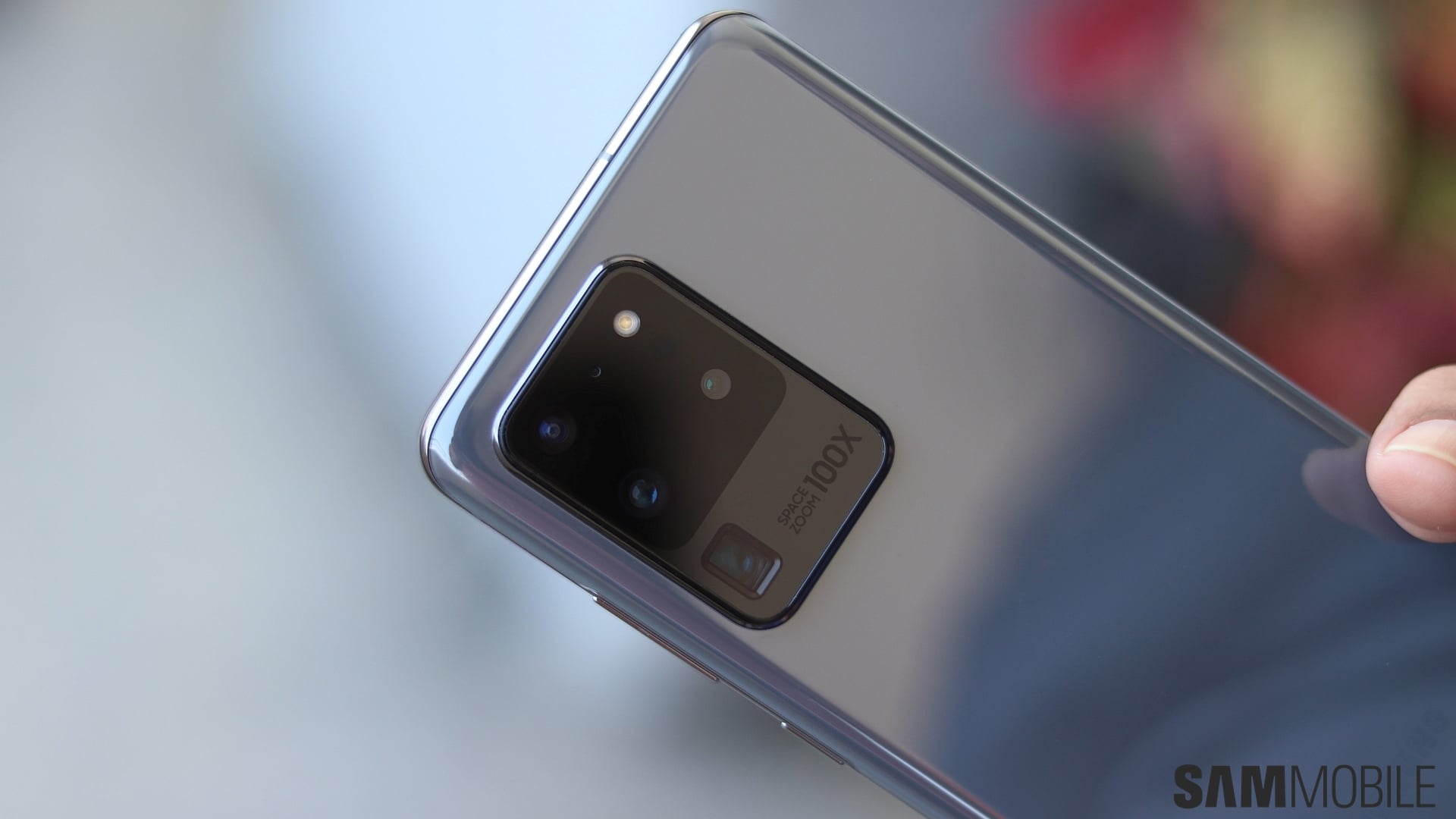
It got to the point where a petition calling on Samsung to ditch Exynos processors altogether garnered tens of thousands of signatures. Samsung's own shareholders grilled the company about its decision to stick with custom processors. The Exynos team also reportedly felt humiliated that Exynos-powered variants of the Galaxy S20 were replaced with Snapdragon 865 variants for the Korean market.
There may not be an Exynos 1000 vs Snapdragon 875 gap next year
The root of this problem lies with the custom Mongoose CPU cores Samsung has been using in the Exynos chipsets. The Mongoose M5 cores used in the Exynos 990 failed to match let alone beat the Snapdragon 865's Kryo 585 cores. Samsung has tried to play it down on multiple occasions, particularly when a lot of people started complaining about this, but its statements didn't really do much to address concerns.
Samsung did make a major change last year that might have flown under the radar of many fans. It laid off its entire CPU development team at the Samsung R&D Center in Austin, Texas. It's believed that this team was responsible for handling the development of its custom CPU core. What this meant was that Samsung had effectively given up on developing custom cores. It would go the Qualcomm way and adopt a semi-custom design by licensing standard cores from ARM.
ARMs plans for the future may have contributed to Samsung's decision of giving up the custom core effort. The company would have needed to significantly ramp up its R&D spending if it wanted to even match ARM's aggressive design and a failure to do so would have led to an even wider gap in performance and efficiency. So Samsung decided to take a different approach.
ARM unveiled its new flagship CPU core designs a few months ago. The Cortex-A78 is ARM's latest high performance core and it's an evolutionary upgrade with a 20 percent CPU performance improvement and up to 50 percent less power consumption. It did take everyone by surprise with the announcement of the Cortex-X1 ultimate performance core. Think of it as the Cortex-A78 on steroids. ARM claims that its peak performance is 10 percent higher than the A78 and 30 percent over the A77 cores used in existing flagship chipsets.
It's important to note what the Cortex-X1 signifies. This is the first offering under ARM's Cortex-X Custom (CXC) program through which the company involves license partners in the Cortex design process much earlier. Partners have more flexibility to shape the performance targets of the final product. Guess who's prominently mentioned as one of the partners of the CXC program on ARM's website? Samsung.
There was another telling sign when the new ARM cores were announced earlier this year in May. Joonseok Kim, vice president of SoC design team at Samsung Electronics, had this to say:
“Samsung and Arm have a strong technology partnership and we are very excited to see the new direction Arm is taking with Cortex-X Custom program, enabling innovation in the Android ecosystem for next-gen user experiences.”
If you keep an eye on these announcements, you know that it's very rare for Samsung to heap such praises on new ARM IP during the launch. If anything, this can be taken as a sign that Samsung will be licensing the Cortex-X1 from ARM. Perhaps the work that was being done with ARM on the CXC program gave Samsung the final push it needed to do away with its custom cores for good.
What remains to be seen, though, is the configuration that Samsung might go for. Qualcomm prefers the 1 + 3 + 4 configuration whereby the prime core is paired with three high-performance cores in the same cluster while the low-end cores form the separate efficiency cluster. Thus it can be assumed that the X1 will be paired with the A78 in the Snapdragon 875's performance cluster while the Cortex-A55 will form the efficiency cluster.
Samsung moved to the 2 + 2 + 4 configuration from 4 + 4 with the Exynos 9820. The Exynos 990 has two Exynos M5 cores for peak performance, two standard Cortex-A76 performance cores, and four Cortex-A55 cores for efficiency. Samsung would ostensibly shift to the 1 + 3 + 4 configuration for the Exynos 1000, though it could potentially opt for 2 + 2 + 4 as well, with two X1 cores for peak performance, two Cortex-A78 and four Cortex-A55 cores. Integrating multiple X1 cores in a chipset would come with its own set of challenges, particularly related to power efficiency, but it's not entirely impossible.
This should, at least in theory, bridge the Exynos 1000 vs Snapdragon 875 gap to a large extent. Both the Exynos 1000 and Snapdragon 875 are expected to be manufactured on Samsung's 5nm EUV process that should exhibit better competitiveness than its 7nm process. There's a lot more that makes a chipset truly robust but at least there's hope now that the two will be closer to each other than ever before.
Let's not forget about the GPUs. Qualcomm will pair the Snapdragon 875 with a new Adreno GPU but it's unclear if Samsung will go with ARM's latest Mali-G78 GPU that was unveiled alongside the new cores in May or if its collaboration with AMD will finally yield a custom graphics processing unit. Analysts seem to believe Samsung's next flagship chipset will feature an AMD GPU.
Samsung announced its partnership with AMD in June last year, effectively confirming that future Exynos chips will come with custom AMD Radeon graphics, specifically its new RDNA graphics architecture. Leaked synthetic early test scores showed the GPU easily beating the Snapdragon 865's Adreno 650.
A final verdict can only be given once both chipsets are tested on retail units, but we can be cautiously optimistic about the prospects of the Exynos 1000 vs the Snapdragon 875. There's reason enough to believe that we won't be seeing a repeat of what happened this year with the Exynos 990. This would mean that customers who buy any of the Galaxy S21 models, which would be the first series to use the Exynos 1000, won't feel like they got the short end of the stick compared to those who bought the Snapdragon variant.
















